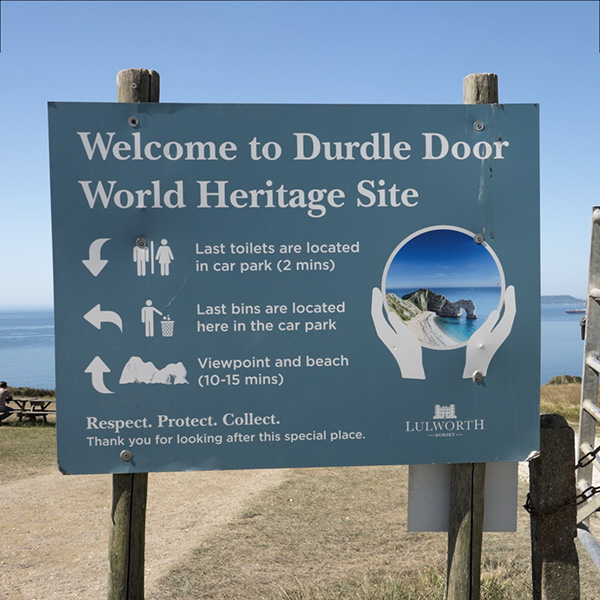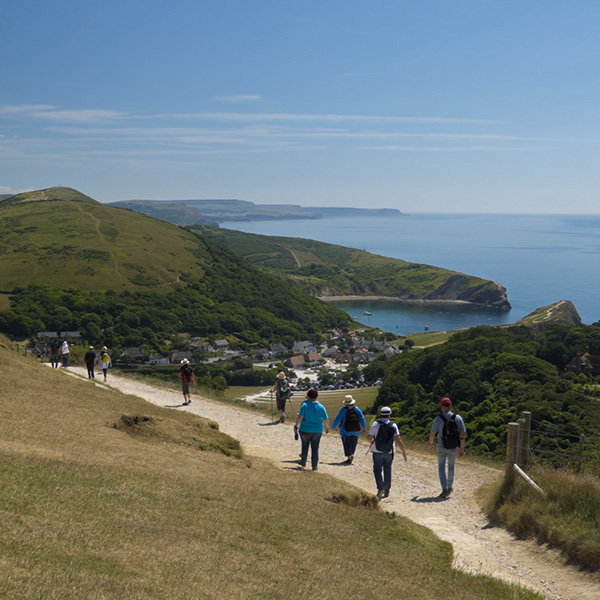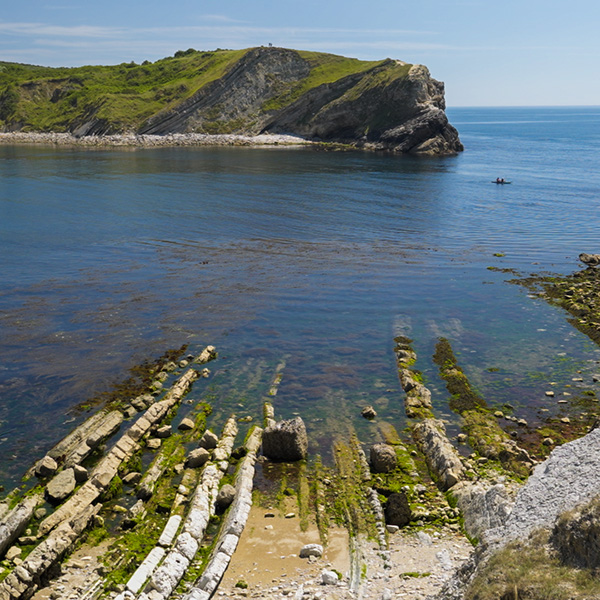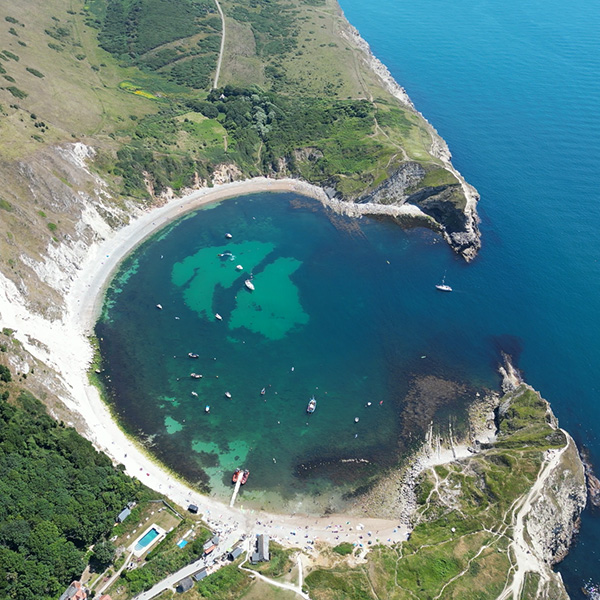Jurassic Coast Adventure: Lulworth Cove Hike
As a travel photographer with over two decades behind the lens, I’ve learned that some landscapes don’t just catch the light — they hold it. The Jurassic Coast is one of those rare places. This 95-mile stretch of southern England, from East Devon to Dorset, is a geological time capsule that reveals 185 million years of Earth’s history in dramatic cliffs, natural arches, and fossil-rich beaches. Starting from the historic maritime city of Portsmouth, I set out on a day trip to capture the raw beauty of this unique UNESCO World Heritage Site.
The Jurassic Coast is one of the most important earth science sites in the world.
Portsmouth: Gateway to Coastal Exploration
Portsmouth, located on England’s southern coast, is steeped in naval history. It’s home to the HMS Victory, Mary Rose Museum, and a working harbor that bustles with ferries, fishing boats, and naval vessels. But for me, Portsmouth is also the perfect jumping-off point for natural adventures. With excellent road links and coastal access, it offers a convenient base for exploring the Jurassic Coast, one of England’s most photogenic and geologically fascinating regions.
Entering Deep Time: The Jurassic Coast
Declared England’s first UNESCO Natural World Heritage Site in 2001, the Jurassic Coast is a dreamscape for photographers, geologists, and outdoor lovers alike. It’s a coastline where every cliff face, rock layer, and fossil bed tells a story spanning three geological periods: Triassic, Jurassic, and Cretaceous.
Our journey took us westward through the rolling Dorset countryside to Lulworth Cove, one of the Jurassic Coast’s iconic locations. The cove, a near-perfect horseshoe bay sculpted by centuries of marine erosion, sits at the heart of this ever-changing landscape.
Lulworth Cove: Light, Layers, and Leading Lines
At the Lulworth Cove Visitor Centre, we received a brief introduction to the geological processes that shaped this area: the layering of sedimentary rock, the folding and faulting of the Earth’s crust, and the relentless force of the sea.
But as a photographer, I didn’t need scientific jargon to understand what made this place special. The half-moon shape of the bay creates natural leading lines, drawing the viewer’s eye from the foreground to the open sea. The textures of the layered limestone, the shifting colors of the chalk cliffs, and the ever-changing reflections on the water offer endless compositional possibilities.
The lighting here is dynamic — early morning or golden hour in the evening transforms the cove into a painter’s palette of soft pinks, purples, and ochres. Even under cloud cover, the diffuse light adds a moody atmosphere that suits the raw geology.
Hiking into the Landscape
From Lulworth Cove, we set off on a two-hour coastal hike that would challenge both legs and lenses. The trail winds along the cliffs, revealing panoramic views of the sea and the shoreline’s famous geological features, including Stair Hole and Durdle Door — though the latter lies further west and requires more time than this excursion allowed.
Along the path, layers of exposed rock curve and buckle like pages in a weathered book. It’s a lesson in deep time, where every crack and fossilized shell tells of ancient seas, dinosaurs, and lost worlds. As I paused to shoot wide-angle landscapes and macro textures of the rock, I was reminded that some of the best travel photographs aren’t about perfect light — they’re about timelessness.
Tips for Photographing the Jurassic Coast
- Golden Hour is King: Early morning or late afternoon brings out the textures in the cliffs and softens the harsh midday light.
- Bring a Polarizer: To reduce glare on water and enhance the blue-green hues of the sea.
- Wide and Tight: Pack a wide-angle lens for sweeping vistas and a macro or telephoto for detail shots of fossils and rock patterns.
- Mind the Weather: Conditions change quickly on the coast. Clouds can add drama, but always carry a weather-sealed camera bag or rain cover.
- Footwear Matters: The coastal paths are uneven and can be slippery. Good hiking boots are essential.
Practical Tips for Visitors to Portsmouth
If you’re planning to explore the Jurassic Coast from Portsmouth, here are a few budget-friendly travel tips:
Affordable Accommodation
- IBIS Portsmouth Centre – Central, clean, and often under £100 per night.
- Holiday Inn Express Gunwharf Quays – Convenient for the harbor and ferry connections.
- Southsea Rocks Hotel – A budget-friendly option with character, near the beach.
Cheap Eats
- Feed Café – A hidden gem for breakfast and coffee.
- The Southsea Village – Great for affordable fish and chips with a local vibe.
- Pie & Vinyl – A quirky café serving homemade pies and selling vintage vinyl records.
Getting There
- By Car: The drive from Portsmouth to Lulworth Cove takes approximately 1.5–2 hours.
- By Tour: Several local companies offer day trips from Portsmouth to the Jurassic Coast.
- By Public Transport: More complicated, but possible via train to Wool and a local bus to Lulworth Cove.
Final Thoughts
Whether you’re a seasoned travel photographer or simply a curious traveler, the Jurassic Coast offers one of the most rewarding visual experiences in the UK. It’s not just a place to capture photos — it’s a place to contemplate time, texture, and the enduring power of nature. From the historical harbors of Portsmouth to the fossil-rich cliffs of Lulworth, this excursion is a reminder that great photography often lies at the intersection of history and horizon.





